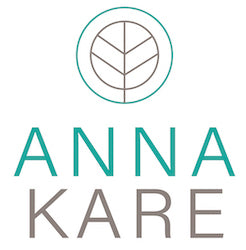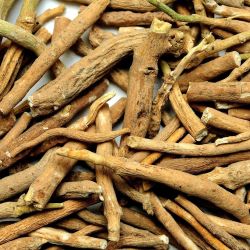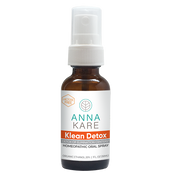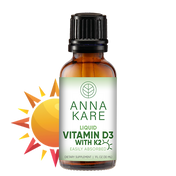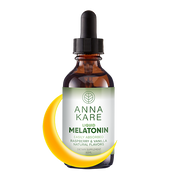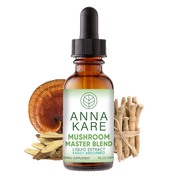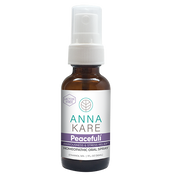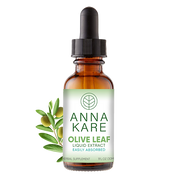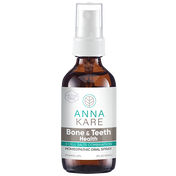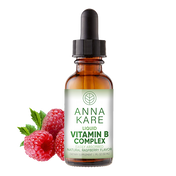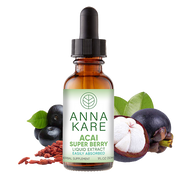Samuel Hahnemann was a German physician and is known as the father of homeopathy. Born on April 10, 1755, to the full name of Christian Friedrich Samuel Hahnemann, in the German town of Meissen, Hahnemann received his medical degree in 1779 in Erlangen.
After earning his degree, he began practicing in a small mining town in the Harz Mountains. He soon became unsettled by how often the miners and their families would fall ill and yet the popular medicinal treatments of leeching, bloodletting, or poisonous medicines would not do them any good.
In 1789 Hahnemann moved to Leipzig where he began to translate medical literature including William Cullen’s Lectures on the Materia Medica, a book that focused on plants used in medicine. He was fascinated by its contents, particularly the effects that cinchona, also called quinine or Peruvian bark in English, had on the body.

Hahnemann wanted to test the plant on a live specimen, so he decided to experiment with it on himself and record his findings. By ingesting the bark, he discovered that the sickly symptoms he was feeling matched those of someone who was suffering from malaria.
This revelation confirmed his belief and homeopathy’s first principle that “like cures like.” A disease may be eased by a substance that causes similar symptoms in a healthy person.
In 1796, he published his first paper, Essay on a New Principle, on his therapeutic method and gave it the name homeopathy, a word of Greek origin, based on the Law of Similars.
After more extensive study and self-experiments with many different substances, Hahnemann made his second discovery concluding that large doses aggravated an illness while small doses offered the needed curative results.
In 1810, he published the Organon of the Healing Art which includes his second principle, the Minimum Dose, and all fundamentals of homeopathy. He updated and perfected the Organon six times with the latest edition, called the Organon of Medicine, finished in 1842.
His radical approaches to dealing with disease led to much debate versus the more orthodox approaches to medicine. But as other doctors started to back homeopathic principles, such as New York physician Dr. Carroll Dunham, more of the population and practitioners around the world started to take notice.
Since then, homeopathy has continued to grow in popularity. Homeopathic remedies don’t suppress symptoms but work by triggering your body’s innate healing response. They are rooted in traditional healing practices, use ingredients found in nature, and can deal with a wide variety of conditions.
Homeopathy is the most frequently used holistic and alternative healing system in many European countries and India and enjoys popularity in South American countries and Australia.
For those who are curious to connect more with the founder of homeopathy, there is a memorial in Washington DC with a statue of Doctor Hahnemann dedicated in 1900 and sculpted by Charles Niehaus. (See picture at the top of this article.)
You may also enjoy exploring the Liga Medicorum Homoeopathica Internationalis (LMHI), an umbrella organization of homeopathic physicians from more than 70 countries around the world.
What are Homeopathic Remedies Made Of?
Homeopathic remedies are primarily derived from three sources, plants, minerals, and animals. Note that our AnnaKare homeopathic formulas are made exclusively from plants and minerals and are vegan.
The homeopathic pharmacopeia contains thousands of active ingredients. In the U.S., homeopathic medicines are manufactured in accordance with the Homeopathic Pharmacopoeia of the United States (HPUS), which assures their purity, strength, and quality, and current Good Manufacturing Practices (cGMP) enforced by the FDA.
Homeopathic manufacturers use only clean raw materials from pristine areas to create high-quality natural healing products and are committed to eco-friendly practices.
They grow many of the plants they use for their holistic products themselves and work with organic and sustainable providers and wildcrafters who do not take endangered species from their natural habitat.
Because only a small amount of an active ingredient is needed to make a large number of homeopathic medicines, homeopathy is the example par excellence of a healing module committed to a circular economy.
Browse our homeopathic remedies formulated by our team of expert homeopaths, naturopaths, natural health practitioners, and homeopathic pharmacists.
Where Do Cell Salts Fit into Homeopathy?
Cell salts, also known as tissue salts, come from minerals and work under the Law of Deficiency compared to the Law of Similars.
Both are considered homeopathic remedies and they can work together to aid in improving a condition.
But cell salts work differently in the body. They were discovered by physician and homeopath Wilhelm Schuessler around 85 years after Samuel Hahnemann founded homeopathy.
12 oral cell salt sprays
Cell Salts work on the principle of rebalancing a cell salt or mineral deficiency based on the symptoms we experience. For example, dental cavities can indicate a need for cell salt Calc Fluor.
Schuessler tissue salts are prepared homeopathically in minute doses for easy absorption and to work on the cellular level and represent a popular abridged therapeutic system because there are 12 vital cell or mineral salts compared to thousands of homeopathic remedies.
They are loved by parents, athletes, home prescribers, and everyone who wants to take control over their everyday well-being back into their own hands.
Want to expand your knowledge on Homeopathy and cell salts? With the help of the following guidebook and course, you can learn which cell salt will best benefit your symptoms.

Cell Salts 101 Guide
to download and print
The Cell Salts 101 Guidebook is a 9-page foundational guide with a reference chart that you can refer back to time and time again.
 Introduction to Cell Salts
Introduction to Cell Salts
Online Course
Introduction to Cell Salts is a 90-minute online course guiding you on a cell salt journey from beginner to expert. You’ll learn exactly which cell salt is most effective for what conditions in relatable situations from classical homeopaths.
Where Does Herbal Medicine Fit into Homeopathy?
While they have many similarities, including their derivation from natural ingredients and their long history, homeopathic and herbal medicine do have one distinct difference.
Essentially, the herb strength ratio of herbal remedies compared to homeopathic remedies is much different. When using an herbal remedy, the phytochemicals are still detectable whereas within a homeopathic remedy, it is the minute dose and the energetic imprint of the original substance that provide the healing impetus.
You can read more about it in our blog Homeopathy vs. Herbal Medicine: What Are the Differences?
Summary
Samuel Hahnemann’s homeopathy stands for a natural approach to restoring health, is steeped in herbal traditions, works with your body’s own healing tendencies, and helps people around the world feel more in control of their own everyday well-being.
Resources:
https://www.britannica.com/science/homeopathy
https://www.lmhi.org/
Please note: Content and product descriptions are grounded in natural wellness practices. This information has not been evaluated by the Food and Drug Administration. Talk to your doctor before taking dietary supplements during pregnancy, breastfeeding, and with certain medical conditions.





